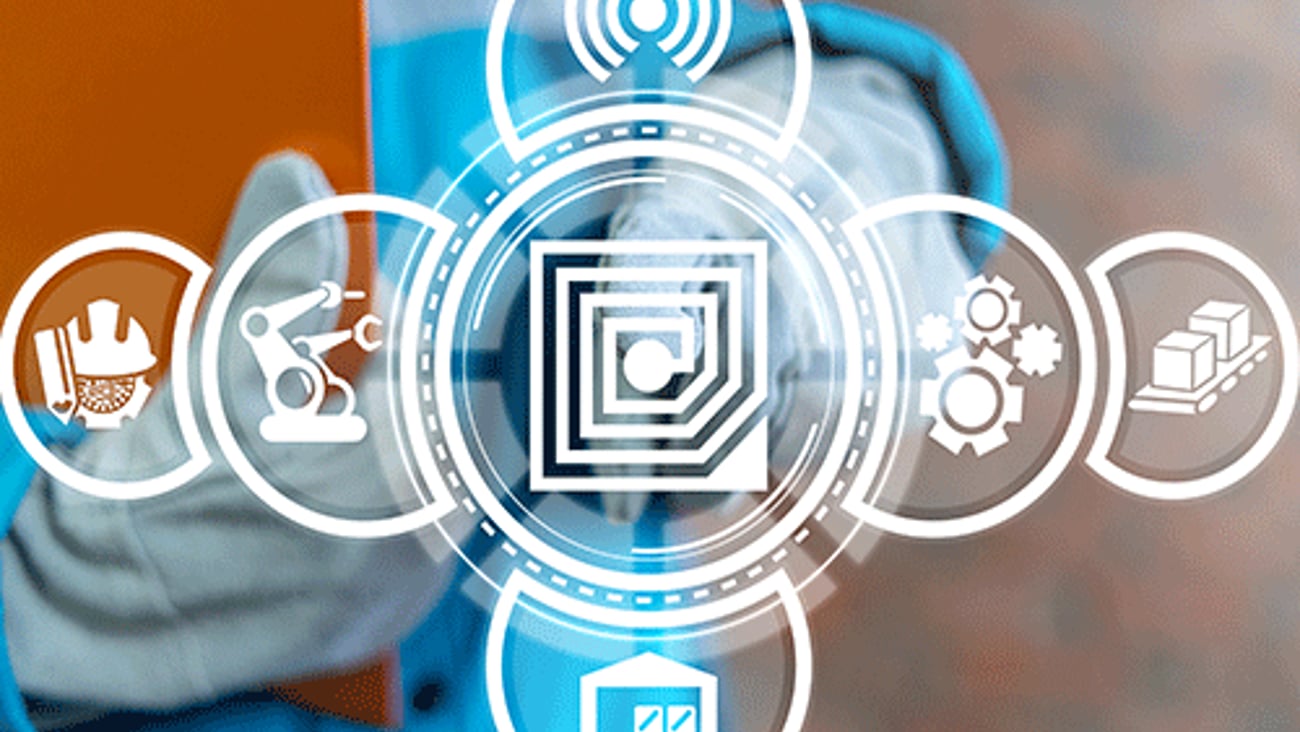Making 'no-channel' retail a reality
Omnichannel retail is giving way to “no-channel” retail.
While omnichannel refers to conducting retail consistently across disparate channels, I believe the industry is evolving into a new model I call no-channel. Retailers have long been told their customers do not distinguish among different channels in their front-end experience. Now retailers themselves are experiencing the elimination of channels on the back end.
Properly executed, no-channel retail truly enables retailers to deliver any product to any customer, anytime, any place. Fulfillment costs go down, inventory turns improve, customer satisfaction rises, and price integrity is maintained. Here are three critical technologies retailers need to support a no-channel enterprise.
ERP/CRM
To successfully offer customers an identical assortment with identical pricing and promotion across brick-and-mortar, online, mobile, social, and any other conceivable touchpoint, retailers must take the concept of “one version of the truth” to new heights. This means implementing robust systems to perform activities such as merchandising, product image management, price and promotions management, and personalization.
While retailers do not have to use solutions from a single vendor to manage all their ERP/CRM workflows, all ERP/CRM modules must be able to fully integrate and communicate with one another. Also, any ERP/CRM application has to support activities across every physical and digital touchpoint, reliably and consistently.
Real-time product tracking/tracing/locating
No-channel is “pull” retail of the purest form – a shopper is able to select any product that you carry, purchase it, and receive it at a time and place of their choosing. This means customers expect the ability to follow a path to purchase that might look like browsing an item on their mobile phone, reserving it on their laptop, paying for it at a store near their office, and picking it up two hours later at a store near their home. And this is just one example of a nearly endless array of channel-obliterating purchase and fulfillment options customers may choose.
The ability to accurately track, trace and locate products across the enterprise in real time is crucial to delivering this type of customer experience. Technologies including RFID, blockchain, computer vision, and artificial intelligence can all provide a foundation for the true inventory awareness needed to succeed no-channel retail. There is no single “right” technology, but retailers must find the track and trace solution right for their own enterprise.
Customer recognition
Giving customers unprecedented access to and control of your inventory and supply chain does little good if you don’t know who they are. Retailers need to recognize customers as soon as they initiate engagement via the touchpoint of their choice. Shoppers should be able to create a single account once and then use it across all physical, online, mobile, social, and personal assistant storefronts. After signing into their account for a digital touchpoint, customers should remain logged in unless they choose to log out.
In the brick-and-mortar store, account-holding customers should able to announce their presence at the tap of a button on their mobile device or by waving a card in front of a scanner. Retailers could even use computer vision or sensor technologies to fully automate in-store recognition, although customers need to be aware and able to opt out.
Editor’s note: Thanks to Bamboo Rose CEO Sue Welch for encouraging me to follow up on the “no-channel” concept during our chat at NRF 2020.







